Today, the biggest news comes from the United States.
Here, after weeks of record-breaking Russian strikes, President Donald Trump has reversed course and resumed U.S. military aid to Ukraine. The decision ended a three-week pause that had delayed critical defense systems just as Ukraine’s air defenses were being pushed to the limit.

That peak was reached just days ago, when Russia launched its largest aerial attack of the war so far. Over 700 drones and missiles were fired in a single night, primarily targeting energy facilities, airbases, and ammunition stockpiles.

Russian state media claimed the attack was a coordinated operation to dismantle Ukraine’s war effort, but most of the actual damage was inflicted on civilian infrastructure. Several Ukrainian airfields suffered minor damage, but many of the intended military targets were either missed or intercepted. Ukrainian air defense claimed to have shot down over 500 incoming projectiles, including nearly every Shahed drone. While some ballistic and cruise missiles slipped through, the scale of destruction fell far short of what the Kremlin had likely intended.

And that miscalculation may have backfired. The original reason the U.S. paused military aid was to open space for de-escalation and preserve its own shrinking stockpile of interceptors. But Russia’s response was to escalate, not slow down. As you remember from a previous report, Russia is dramatically increasing drone and missile output, aiming to overwhelm Ukrainian defenses and outlast Western patience.


But by unleashing the biggest strike of the war just as talks stalled, the Kremlin made clear that its goal is not negotiation, it is devastation. The strategy seems to have convinced President Trump that further delay would only invite more bloodshed. Moscow’s aggression ultimately ended the pause, forcing the decision back onto the table.


What followed was a rapid green light for aid shipments, with renewed focus on U.S. patriot systems. These systems are not designed to intercept drones; they are used against ballistic and cruise missiles, including Iskander-M, Kinzhal, Kalibr, and other high-speed threats. While Patriots are among the most capable interceptors in the world, the challenge is industrial; the U.S. currently produces around 550 Patriot missiles per year, and is working to double that output by next year.

In recent strikes, Russia has only needed a few missiles per wave to break through. With Ukrainian air defenses already stretched thin, it is the ballistic and cruise missiles that do real damage, hitting power grids, command hubs, and airbases with precision.

That is why having enough Patriots matters, because when even one slips through, it can knock out a power station or command node. But Russia is also expanding its missile production. The real race is between how many advanced missiles Russia can fire and how many interceptors Ukraine’s allies can supply in time. If that ratio tips the wrong way, critical infrastructure will fall, and Russian air dominance will grow.

For now, the U.S. still holds the edge in quality and output. NATO countries are scaling up their production lines, while Ukraine is adapting its defenses by blending cheaper systems like Gepards and laser-guided short-range interceptors with high-end Patriots. But the problem is volume: if the U.S. sends 100 interceptors and Russia fires 150 cruise or ballistic missiles, Ukraine can only defend so much. The new aid package is not just about blocking the next attack; it is about buying enough time and firepower to shift the ratio before winter sets in.

Overall, Russia’s strategy is ruthless, but far from subtle: escalate pressure, trigger delays in Western support, and then exploit the gap with concentrated firepower. But this time, the sheer scale of the offensive may have backfired. By striking while the West was still hesitating, Moscow may have overplayed its hand and pushed Washington and its allies to recommit more forcefully. For Ukraine, it is a temporary lifeline, but also a warning, as long as Russia can launch, no pause in aid will ever hold for long.










.jpg)


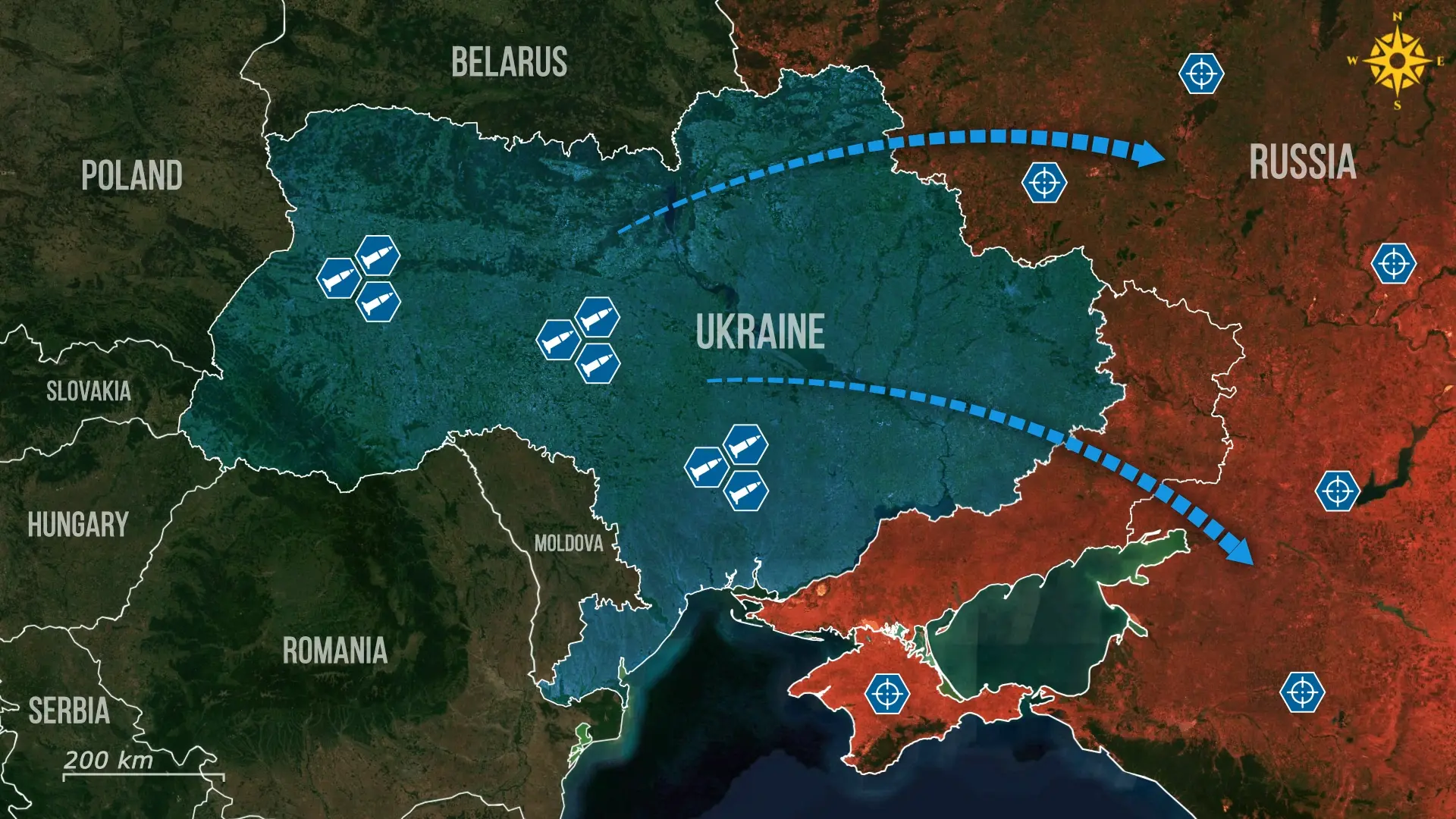
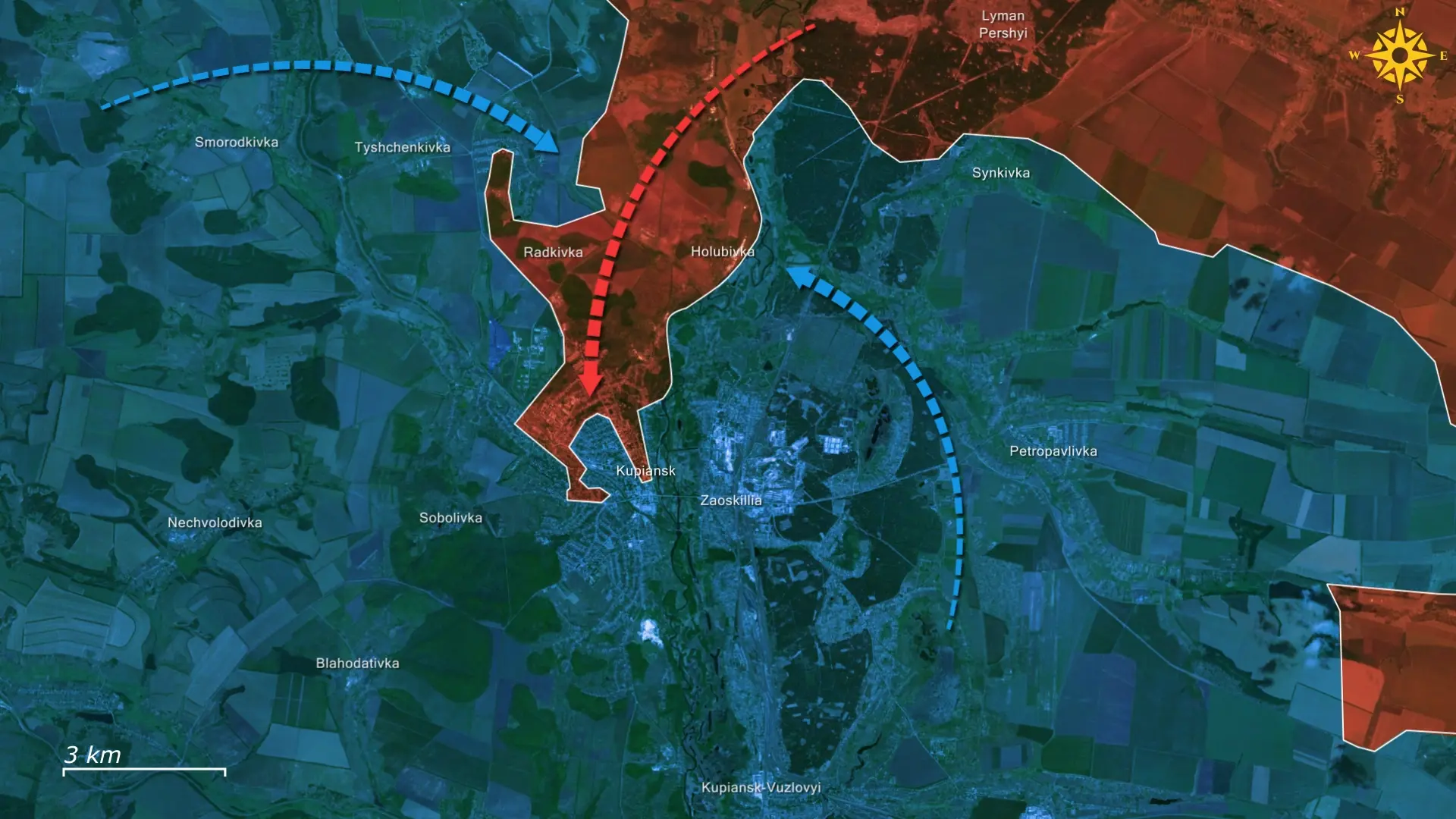

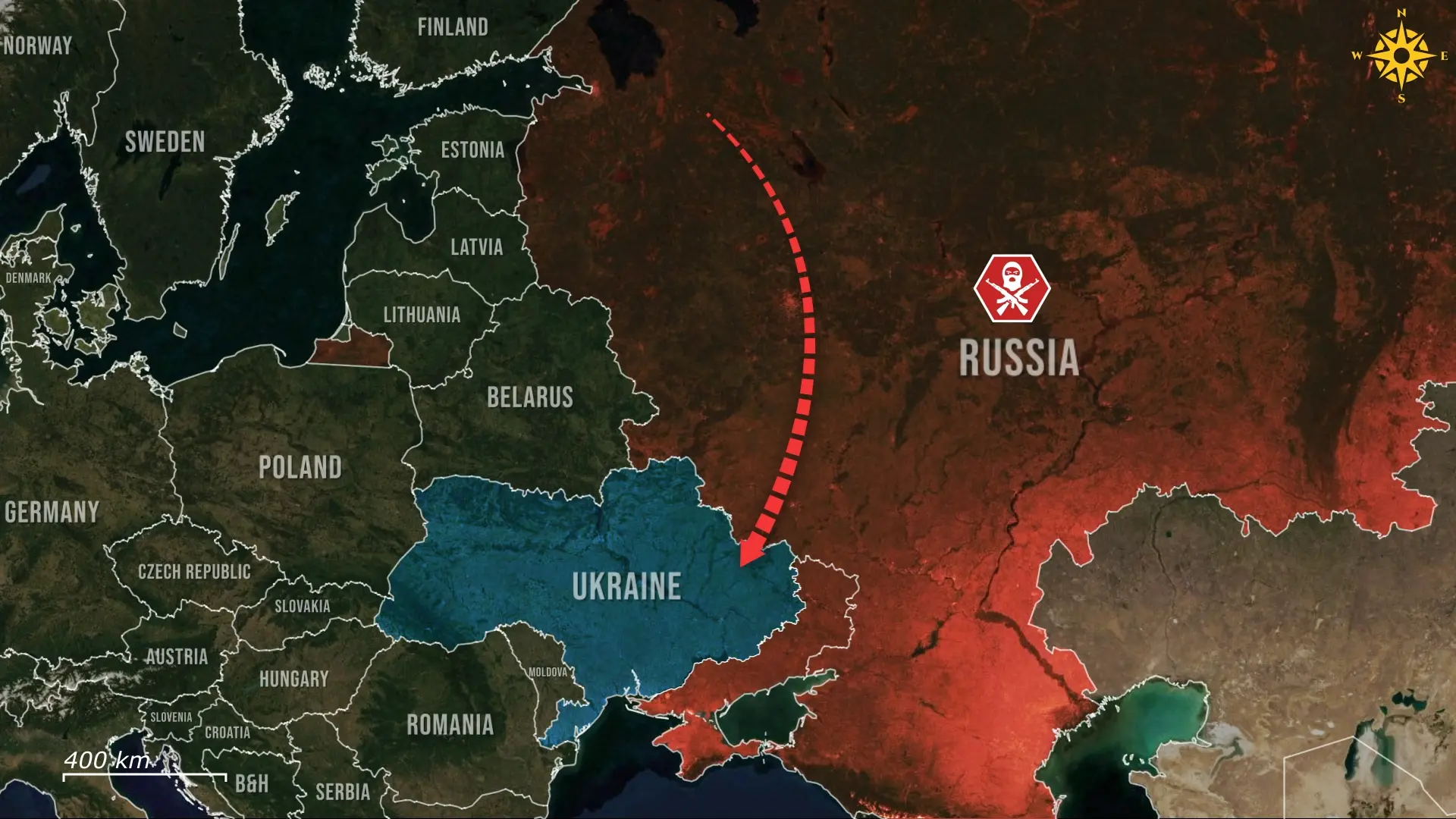
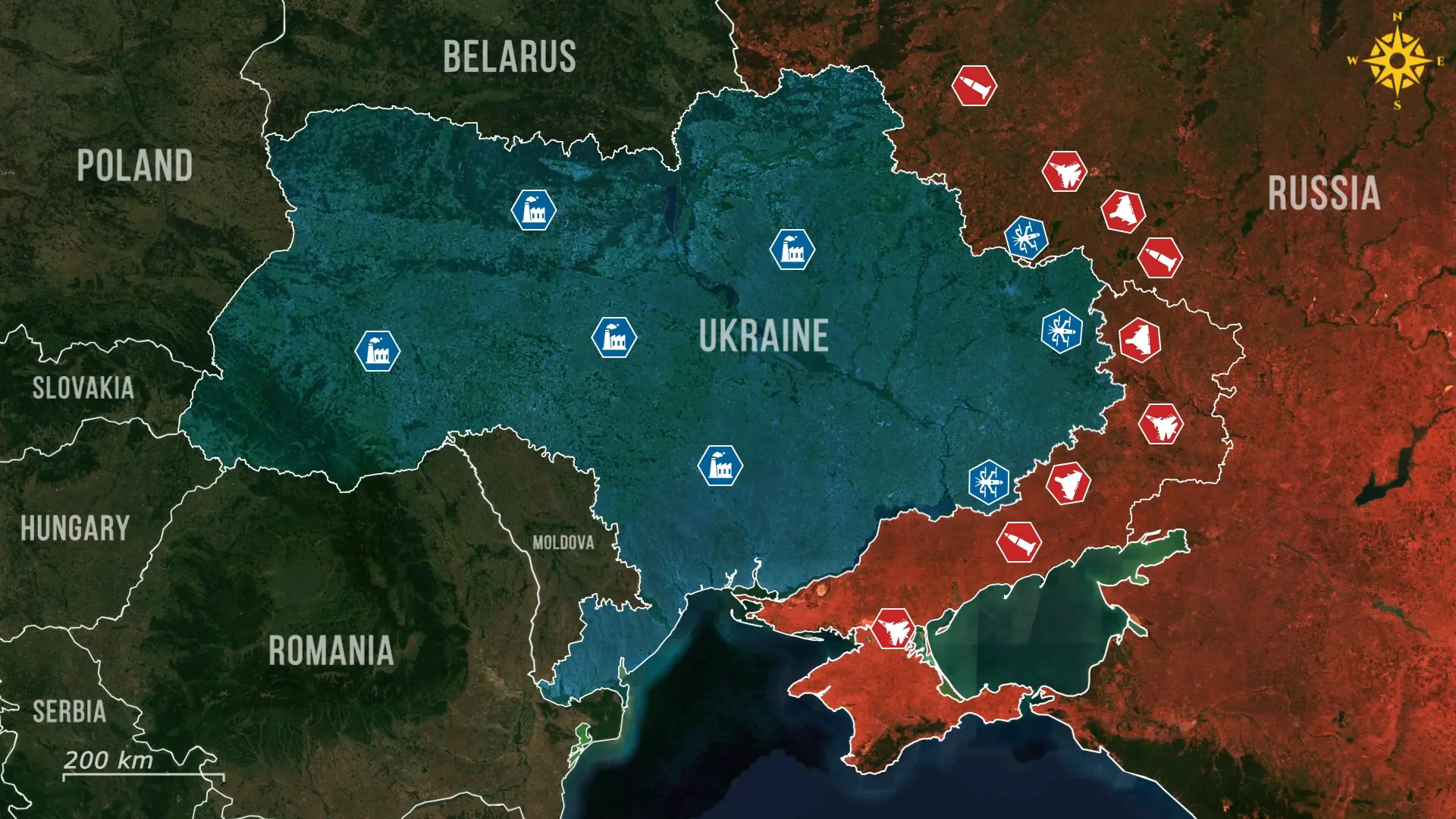
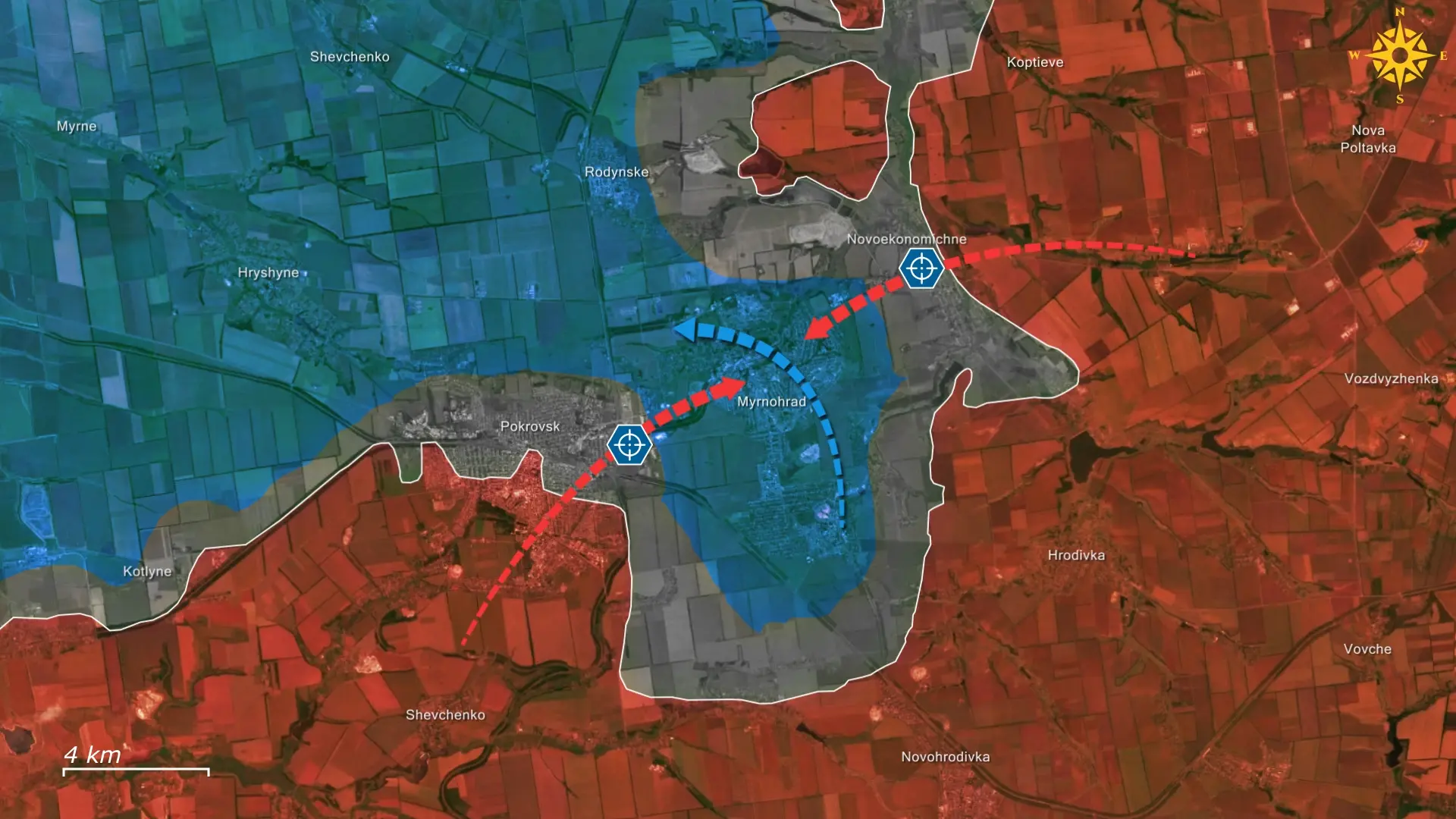
Comments